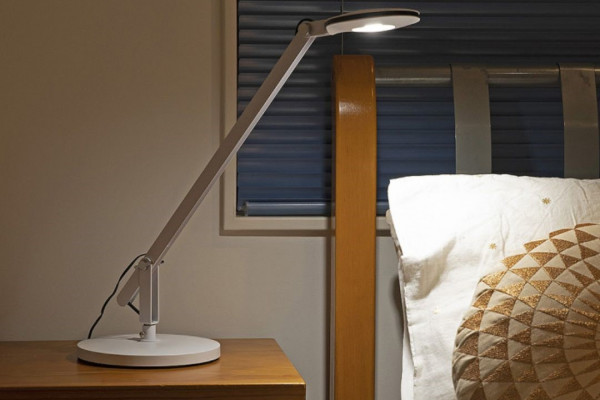THE DIFFERENT PURPOSES OF LIGHTING
Mood and ambience, functionality & light levels, general lighting, task lighting, accent lighting, lighting for security.
Mood and Ambience
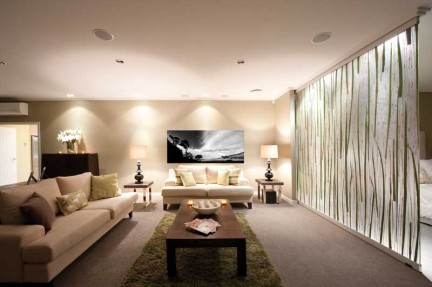 Lighting in the home can be used to create a warm and welcoming effect when relaxing or serve to provide functional light for tasks such as reading, sewing, watching TV, dining or security.
Lighting in the home can be used to create a warm and welcoming effect when relaxing or serve to provide functional light for tasks such as reading, sewing, watching TV, dining or security.
The kind of light fitting, and the lamp used with it, depends on which type of lighting is required. Remember - light fitting and lamps should be chosen not solely on their appearance, but also for the effect they provide.
Light creates 'atmosphere' and varied lighting in the home can provide a range of different 'scenes' and moods. In order to provide different moods and effects, in the same room, different kinds of lighting maybe needed. This will allow some lighting to be used for low level mood lighting, and more to be used for functional purposes such as reading or sewing.
Functionality & Light Levels
The human eye can see over a great range of different light levels - from daylight in full sun to a partially moonlit night.
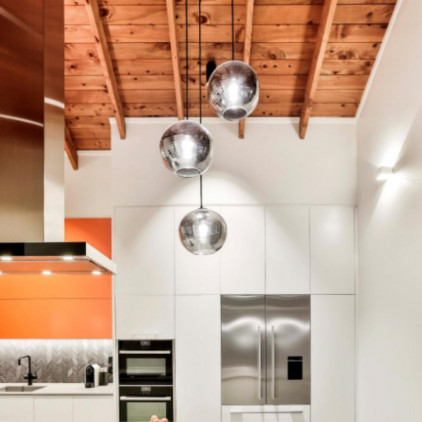 As a basic rule, the more light there is, the easier it is to see. This is why we need more light for reading, than say watching TV. If you have too much light when watching TV it makes the screen more difficult to see. If you have too little light when reading, it makes the print too difficult to see.
As a basic rule, the more light there is, the easier it is to see. This is why we need more light for reading, than say watching TV. If you have too much light when watching TV it makes the screen more difficult to see. If you have too little light when reading, it makes the print too difficult to see.
Another important aspect of light levels is that the older a person, the more light they need to see by. The average 10 year old can read easily in four times less light than the average 30 year old.
This is why older people need glasses when reading and so on. The finer the task that needs to be seen the more light is needed. This proven fact is applied to light level requirements for industry and commerce and there is a AS1680 standard that covers these required light levels.
Although the standard does not cater for home lighting it does indicate the different light levels required for different rooms. For example, light levels in kitchens are much higher than that for bedrooms or living rooms. This is because it is more critical to see clearly in a kitchen, where sharp knives are used, than a room that is used for less demanding visual purposes.
Another thing the eye relies on to observe detail is contrast - the mix of dark and light. This is why we use spotlights to highlight pictures and the like - so they stand out 'in contrast' to the lower ambient (or average) lighting. Contrast can also be too strong. For instance, watching TV or looking at a computer screen in a totally dark room can cause eye strain because the light only comes directly from the screen. This is why we often place a lamp near the screen, or dim the lights, so that our whole field of vision is around the same brightness.
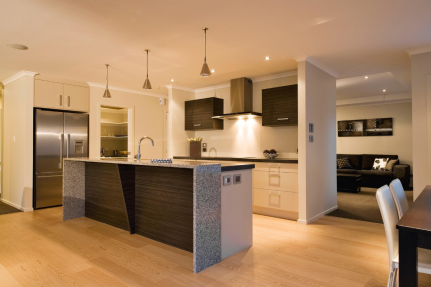
General Lighting
General lighting (also called ambient lighting) provides an area with overall illumination which, in the absence of natural light, should provide a comfortable level of brightness that allows people to see clearly and move around safely. General lighting can be achieved by using most types of non-direction lights such as pendants, chandeliers, downlights or wall lights.
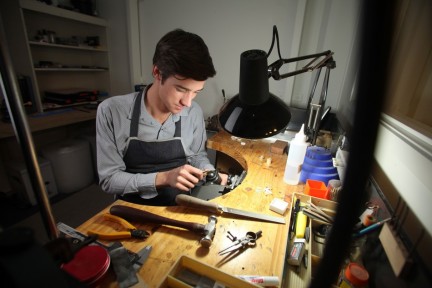 Task Lighting
Task Lighting
Task lighting is concentrating light onto a relatively small area. It is usually more economical to provide a high light level on the immediate area we wish to look at rather than light the whole room to the same level. There are a number of different light fittings suitable for task lighting. These include desk lamps, table lamps, standard lamps (floor lamps), and certain kinds of spotlights. Good examples of task lights are Equipoise™ lamps. These are designed to be easily moved, so their light can be directed accurately onto any surface. Task lights are ideal for on desks, for reading by, on work benches or anywhere else that small or complex objects need to be seen in detail.
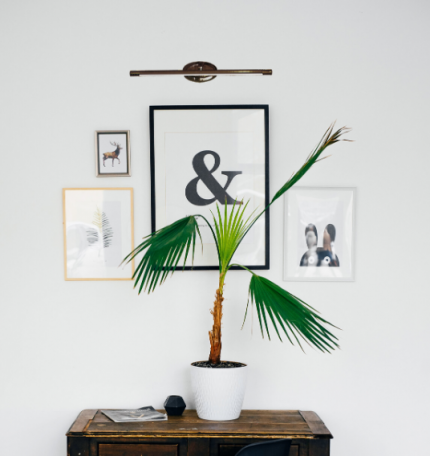
Accent Lighting
Accent lighting means directional lighting that is used to accentuate a particular object (also called highlighting or spotlighting). Accent lighting can be used to create dramatic effects by emphasizing painting or other works of art, plants, furniture or household architectural features and so on.
There are lots of different kinds of spotlights that use all kinds of lamps. some of these are designed to be moved and re-aimed so that the effect, or lit object, can easily be changed.
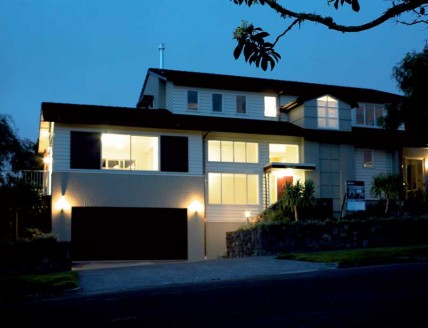 Lighting for Security
Lighting for Security
There are two aspects to security lighting. The first is to make people feel secure and safe, the other to deter potential criminals. It is a proven fact that the right kind of lighting achieves both these aims. After all, a burglar is less likely to target a well lit home than one in darkness and, the home owner will feel safer outside when they can see well enough to spot a potential intruder. Now days there is a great deal of different lighting options available for outdoors. Not only does this ensure safety and security but can also provide a great effect and outdoor recreational lighting.
Navigation
- Outdoor Lights Materials and Finishes Guide
- Lamps – Light Sources
- Control Gear Information & Trouble Shooting
- IP Rating Chart
- Declaration of Compliance with Standards
- Bulb Terminology and Identification
- 12Volt DC Supply LED Strip & Module Planning
- Advantages of the Superlux LL and LLED Garden Lighting system
- 12 Volt Garden Lights
- The Different Purposes Of Lighting
- Lighting For Different Areas
- A Guide To Installing Lights
- Energy Efficient Lighting
- Colour Temperature Guide
- CRI: Colour Rendering Index
- Uniform Downlight Spacing Formula
- Downlight Classification Guide
- Lumens: What Are They And How Much Do I Need?
- Lux: What is it And How Much Do I Need?
- Globes With 60mmØ Fitter Included
- How Do Sensor Lights Work?
- What To Do If I Have Moisture Build Up In My Light Fixture?
- Latest News
